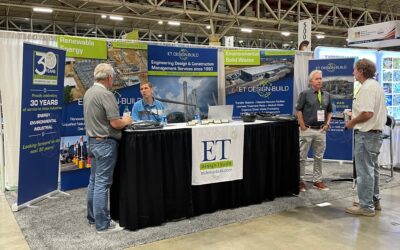Natural Gas Vehicles (NGV) are the 21st century answer to our 20th century internal combustion dilemmas – limited oil reserves, foreign economic and political instability, and exponential increase of CO2 emissions in our atmosphere.
Although the technology for NGV has been available and successfully implemented all over the world for over a decade, the parts, equipment, installation and maintenance techniques are still being developed. The latest advent in NGV technology is state regulated NGV garage code compliance.
Before we look at NGV garage codes, it is important to understand the distinction between garages providing “minor” and “major” repair. According to the Wisconsin State Energy Office, “minor repair garages” perform “engine tune-ups, replacement of parts, fluid changes, brake repairs, tire rotation and similar routine maintenance work.” “Major repair garages” on the other hand, provide services such as “engine overhauls, painting, body and fender work, and repairs that require draining of the motor vehicle fuel tank.” (1)
The specific areas requiring unique attention (versus regular gasoline vehicle garages) are:
Electrical Installation: NGVs rely on a computer system to control valves, fuel mixing (in the case of bi-fuel vehicles), fuel levels and emissions. These systems are often specific to the manufacturer, and may require small adjustments or check-ups. Minor repair garages are exempt from observing the electrical requirements for a standard classified area within 18″ of the ceiling; while major repair garages are not.
Heaters: Surface temperatures exceeding 750 degrees Fahrenheit and open flames are not permitted in major repair garages where CNG and LNG vehicles are serviced. Radiant tube heaters are code compliant.
Gas Detection: Gas detection systems must be installed in areas where CNG vehicles are present. Detection systems must trigger audio/visual signals, deactivate heating, and activate mechanical venting if interlocked.
Ventilation: Mechanical vents capable of evacuating fumes from a natural gas or propane leak or spill are required for both minor and major repair garages. The design specifications require a ventilation rate of “1 CFM/12FT3 (5 Air Changes per Hour, ACH)” that is uniform from floor to ceiling. Exceptions can be made for natural air flow ventilation, but current “best practice” recommends all NGV garages to be outfitted with mechanical ventilation.
Because NGVs are still a relatively new technology, the garage codes for installation and maintenance are evolving every day. Contact us for the most up to date information on regulated compliance and best practices for alternative fuel vehicles.




